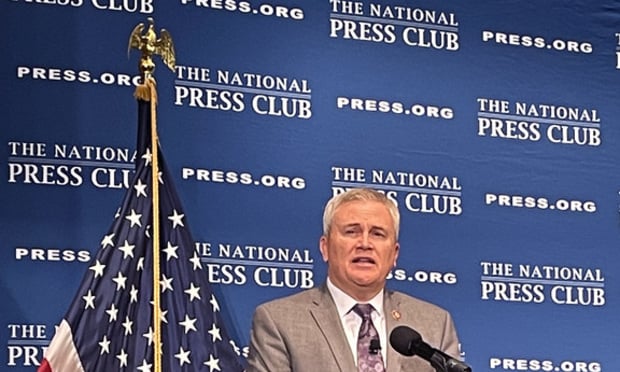The Pension Benefit Guaranty Corp. announced a proposal this week that would make it easier for 401(k) plan participants to get higher returns and secure lifetime income by moving their funds into traditional pensions.
The agency is encouraging employees who have rollover options to move their benefits from defined contribution plans to defined benefit plans. The new proposal removes the fear that the amounts rolled over would suffer under guarantee limits should the PBGC have to step in and pay benefits.
The proposed rule outlines safeguards for benefits that are rolled over from defined contribution plans.
Recommended For You
"What we're doing will hopefully give people an incentive to choose a savings option that they can't outlive or outspend," said PBGC Director Josh Gotbaum. "Annuities always offer greater retirement security."
Under the proposal, benefits earned from a rollover generally would not be affected by PBGC's maximum guarantee limits. Currently the agency's maximum guaranteed benefit for a 65-year-old retiree is almost $59,320 a year.
Also, rollover amounts generally would remain untouched by PBGC's so-called five-year phase-in limits. Normally, benefit increases from changes to a plan in the five years before it ends are partially guaranteed. For instance, 20 percent of the increase is paid after one year, 40 percent after two years and so on. Under the new proposal, these restrictions generally would not apply.
The proposed change is part of PBGC's efforts to enhance retirement security by promoting lifetime income options.
The proposed rule relates solely to a benefit resulting from a rollover of a distribution. It does not affect PBGC's treatment of any other contributions that may be used to fund benefits under a defined benefit plan or the employee's benefit derived from such contributions, regardless of the characterization of those contributions or benefits, or their tax treatment.
Comments on the proposed rule are due June 2, 2014.
PBGC protects the pension benefits of more than 42 million Americans in private-sector pension plans. The agency is directly responsible for paying the benefits of more than 1.5 million people in failed pension plans.
Also read:
© 2025 ALM Global, LLC, All Rights Reserved. Request academic re-use from www.copyright.com. All other uses, submit a request to [email protected]. For more information visit Asset & Logo Licensing.







